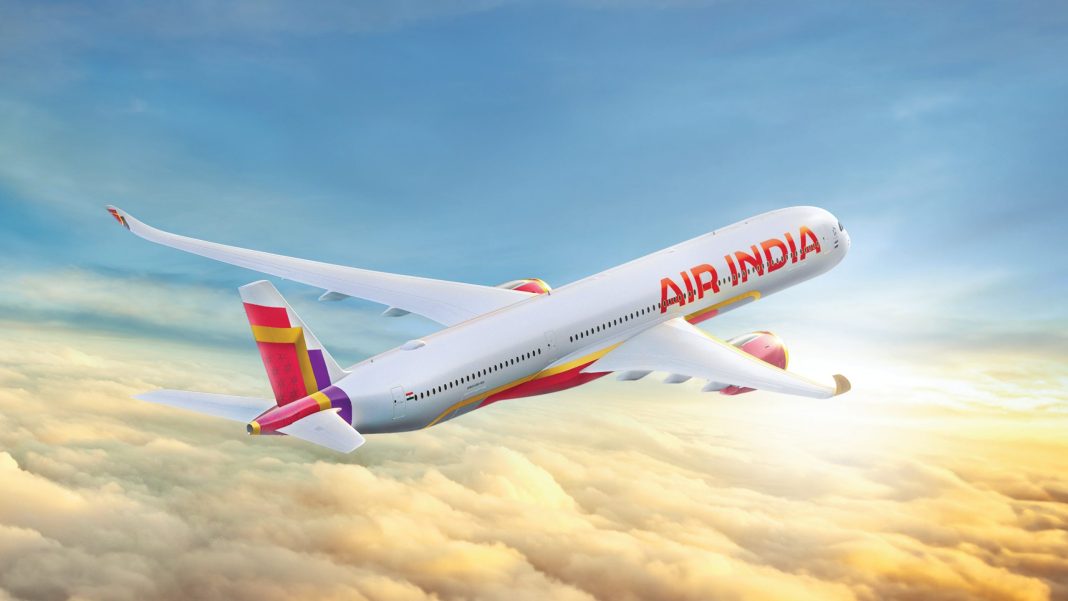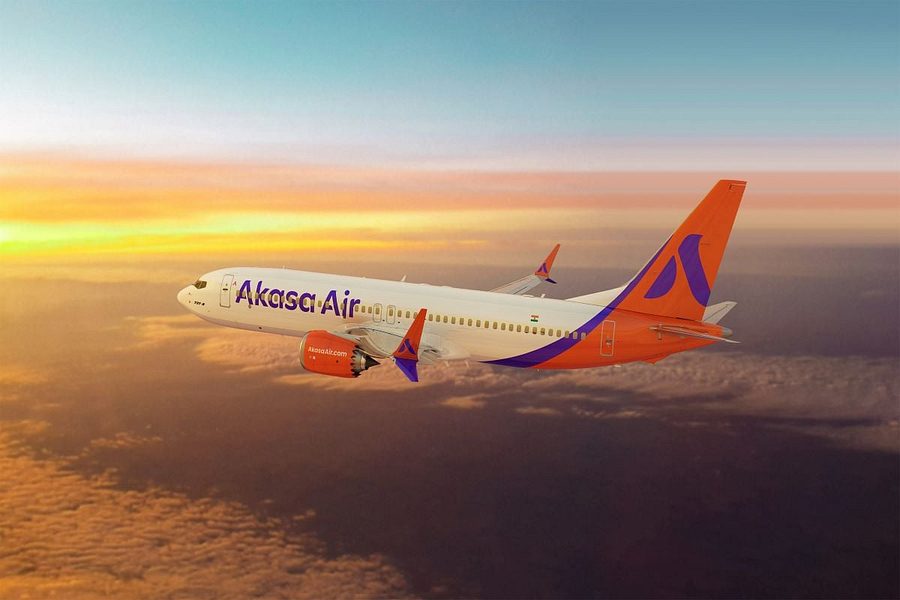Air India reported a significant consolidated net loss of ₹10,859 crore in the fiscal year ending March 2025—marking a 48% increase from its losses in FY24—even as revenues rose sharply. This makes it the Tata Group’s biggest loss-making company, underscoring the challenges inherent in its turnaround strategy.
Financial Highlights
- Revenues climbed 18–15%, rising to ₹78,636 crore in FY25 (vs. ₹66,556 crore in FY24).
- The consolidated net loss jumped to ₹10,859 crore, up from ₹7,356 crore the previous year.
- Air India was the largest loss-maker across all listed and unlisted Tata Group entities.
- IndiGo, by contrast, posted a healthy profit of ₹7,258 crore during the same period.
Context & Strategic Drivers
1. Massive Capital Infusion
To fund its ongoing transformation—merging airlines and expanding operations—Tata Sons and Singapore Airlines infused ₹9,558 crore into Air India during FY25. Tata Sons contributed ₹3,225 crore, while Singapore Airlines added ₹6,333 crore. Business Standard
2. Consolidation & Expansion Moves
Major restructurings took place during the year:
- Vistara merged into Air India, alongside integration of AirAsia India with Air India Express.
- Post-merger, the Air India Group fleet exceeded 300 aircraft, and domestic market share rose to 26.5% by May 2025, up from 24% in 2022.
- As part of the Vihaan.AI revival plan, Air India placed one of the industry’s largest aircraft orders—570 planes from Boeing and Airbus.
What This Means for Air India
| Focus Area | Implications |
|---|---|
| Turnaround Costs | Significant upfront spending required for modernization and fleet expansion continues to strain finances despite revenue gains. |
| Transformation Phase | Operational consolidation and aggressive growth are essential but costly components of revival. |
| Competitive Position | Despite losses, expanding market share and revenue growth signal progress against rivals like IndiGo. |
| Stakeholder Commitment | Large capital injections highlight Tata and Singapore Airlines’ long-term commitment to Air India’s revival. |
Final Thoughts
Air India’s FY25 results reflect the high costs of transformation. While the ₹10,859 crore loss is substantial, the increase in revenue, expanding fleet capacity, airline mergers, and shareholder support underscore that Air India is still in the heavy-lift phase of its revival. With continued operational improvements and market expansion, the airline is laying the groundwork for long-term profitability amid demanding conditions.



